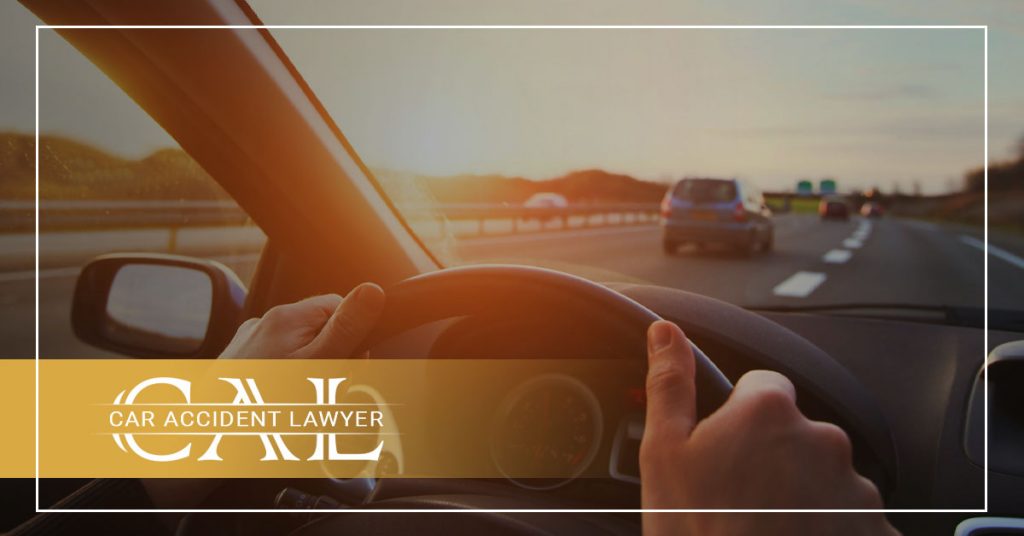Are you looking for ways to teach your son or daughter safe highway practices? Do you find yourself in a terrible habit of merging lanes before you check to ensure it’s clear? If so, then you need to learn all that you can about how to avoid clipping other cars when you merge lanes.
Doing so can help you become a better driver and avoid potential setbacks. This could include driving tickets, increased insurance premiums, and so forth if you ever get into an accident.
See below for an in-depth guide on how to avoid clipping other cars when merging car lanes.
1. Correct Your Current Driving Habits
Have you ever parked your car after a morning commute, then realized that you remember very little about the 30 to 45-minute drive you just took? Some people find this concerning, but it’s actually proof that your brain is functioning as it should.
Whenever you do something repeatedly, your brain develops a habit loop. That habit loop becomes a physical line in your brain, and every time that it’s performed, that line gets more significant. In no time at all, your brain can perform that function without your conscious thought (hence why you don’t remember your morning commute most days).
This is certainly a good thing, but what if some of the driving habits you have are unsafe? For example, you might have a habit of switching lanes without turning your turn signal on or without checking to ensure the lane is clear.
It’s time to give yourself a reckoning. For the next few days, try to become more aware of the driving habits that you have. Which ones need to be corrected? Are you merging lanes safely? Have you had some close calls in the past with hitting people in your blind spot?
If you don’t fix those bad driving habits now, it might come back to haunt you one day when you clip another car.
2. Speed is Important
Don’t take that header title the wrong way. We aren’t insinuating that driving over the speed limit will help you avoid an accident; far from it.
However, speed is certainly an important factor when it comes to merging lanes. Too fast and you might hit the vehicle in front of you; too slow and you might clip the car that’s driving on cruise control behind you.
For example, have you ever had someone cut you off by merging into your lane (in front of you) while they were going 10 mph slower than you? The result can be disastrous.
Having the right speed is especially important when you go to initially merge onto the highway. You’ll want to gauge the proper speed and quickly (but safely) help your car reach that speed. Make sure to keep your wits about the car in front of you to ensure they’re doing the same (otherwise it could result in a fender bender.
The next time that you go to merge on I4 or 275, make sure that you reach the proper speed before you merge lanes. That way, you won’t be causing a potential accident.
3. Turn Your Head
Checking your mirrors is important, but it doesn’t replace turning your head to check your blind spots. Many Tampa accidents occur each year simply due to a driver not checking their blind spot before they merge into another lane.
First, check your mirrors to look for any cars that might be adjacent to you. After you’ve done that, check your rearview mirror. If that’s clear, then turn your head (briefly) to check your blind spot, which is typically along the side of your front side mirrors.
Many vehicles these days provide blind-spot monitoring, but we still advocate that you check your blind spots manually. If you happen to clip a car while merging, it will be very difficult to prove that the accident was due to the blind-spot monitoring system.
4. Give Yourself Cushion
Believe it or not, fender benders are a common accident associated with those that don’t merge lanes properly.
It isn’t uncommon for a fender bender to occur if you’re paying too much attention to the lane you want to merge into and not enough on the car driving in front of you. If they slow down too quickly and you keep at the same rate of speed, there will be little time for you to adjust.
Always keep your eyes forward whenever you aren’t checking your mirrors or assessing your blind spot. Adjust your car’s speed as needed to keep a good amount of cushion between you and the car in front of you.
5. Use Your Turn Signal
Every car has them, but that doesn’t mean the driver will use them. When driving, don’t assume that others will use their turn signals to indicate a merge, always stay alert so you can avoid an accident due to another driver.
By contrast, make sure that you’re prioritizing it whenever you want to merge lanes. Turn your signals on about 2 to 3 seconds before you intend to start merging.
We recommend turning on your signal before you check your mirrors or blind spot. This will help the cadence to flow nicely and hopefully help you avoid clipping another car.
Use These Tips When Merging Lanes in Tampa
Now that you have seen several tips to help you when merging lanes, be sure to use them wisely. If you ever find yourself in a car accident, then be sure to contact a car accident attorney right away.
Take the time to read this article for more information on how to avoid car accidents. For legal assistance or representation, please call us at 844-970-4370 so that we can help you further.

